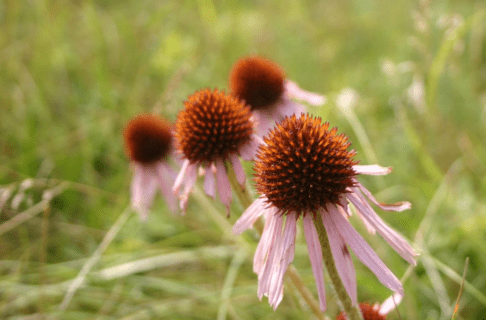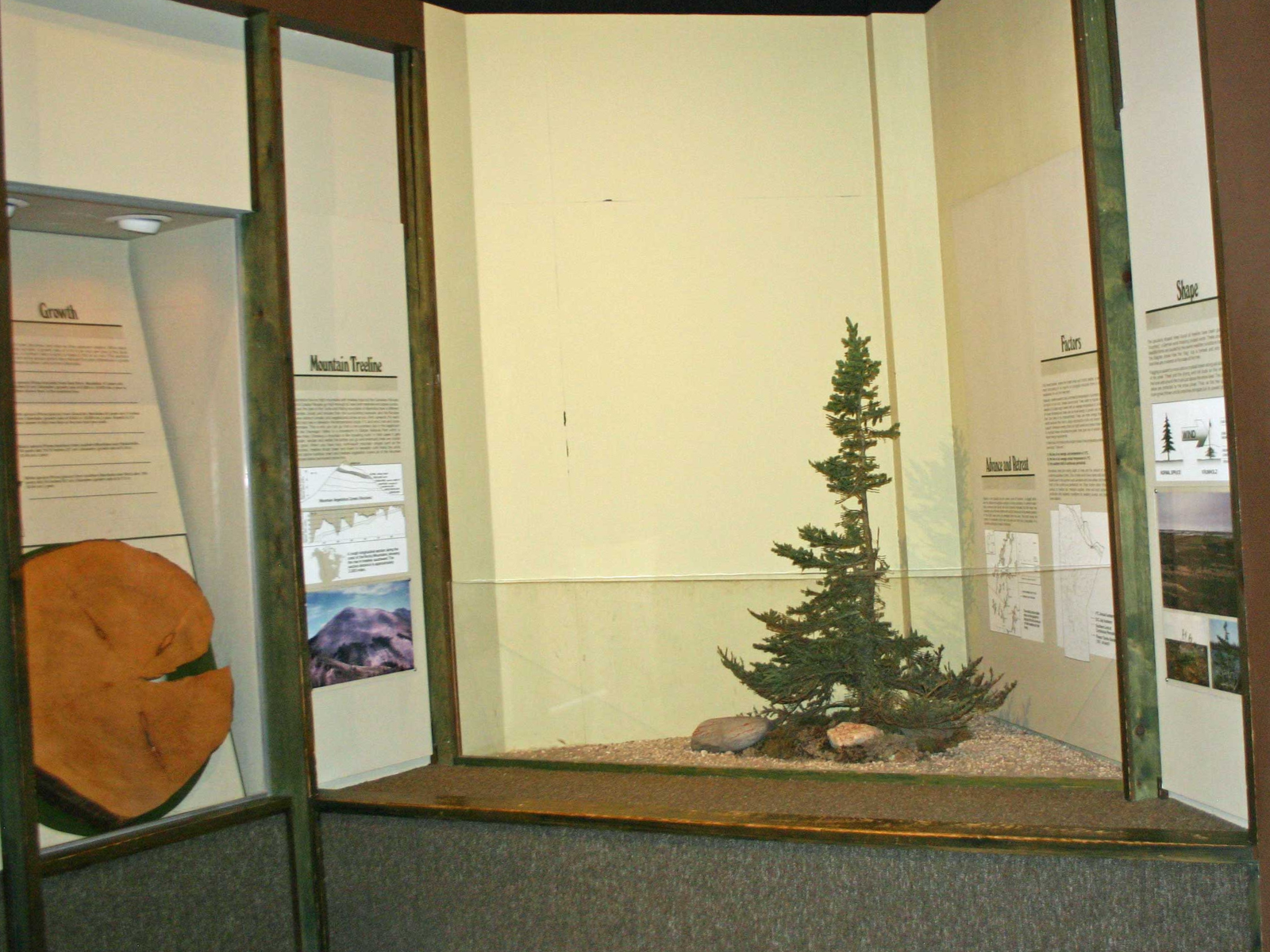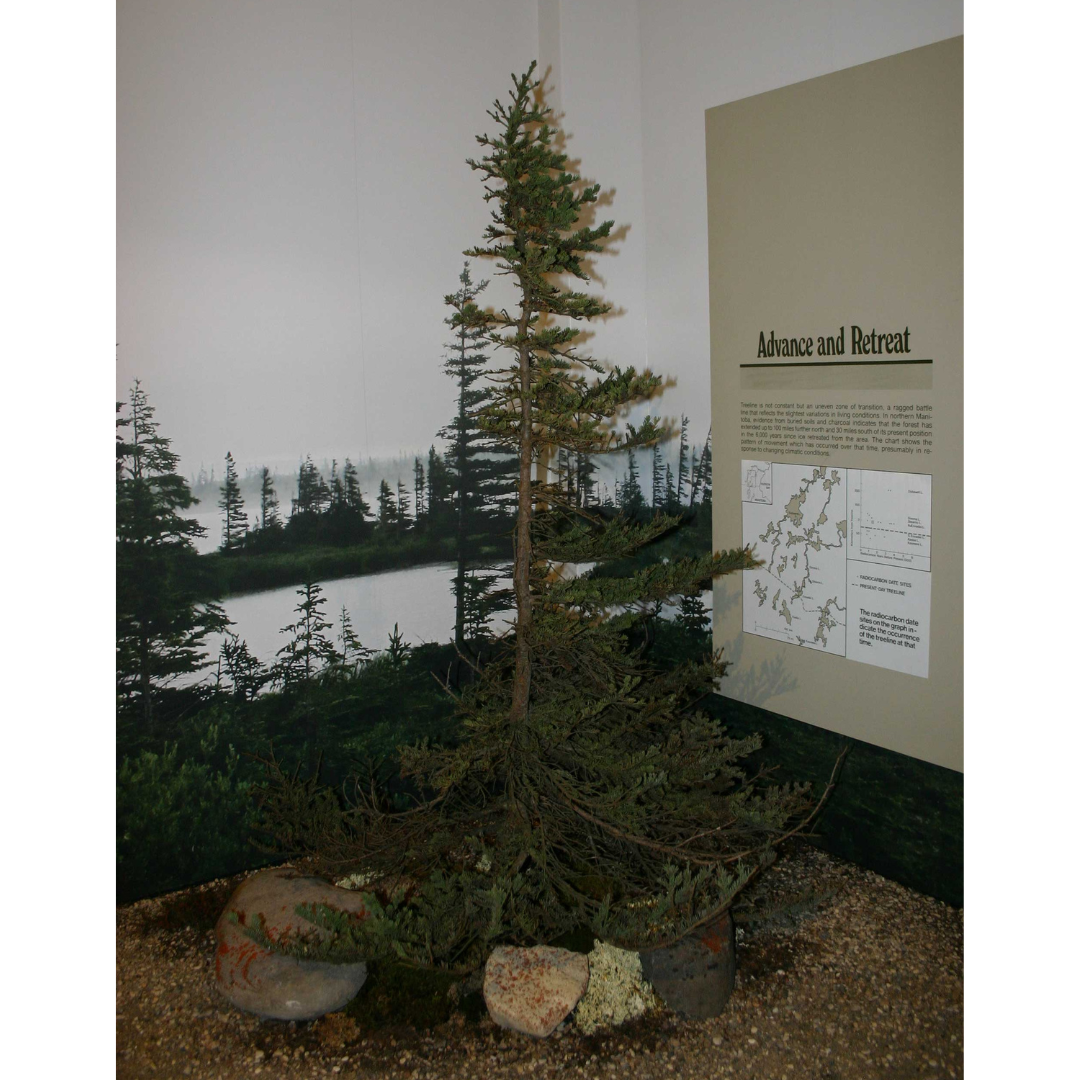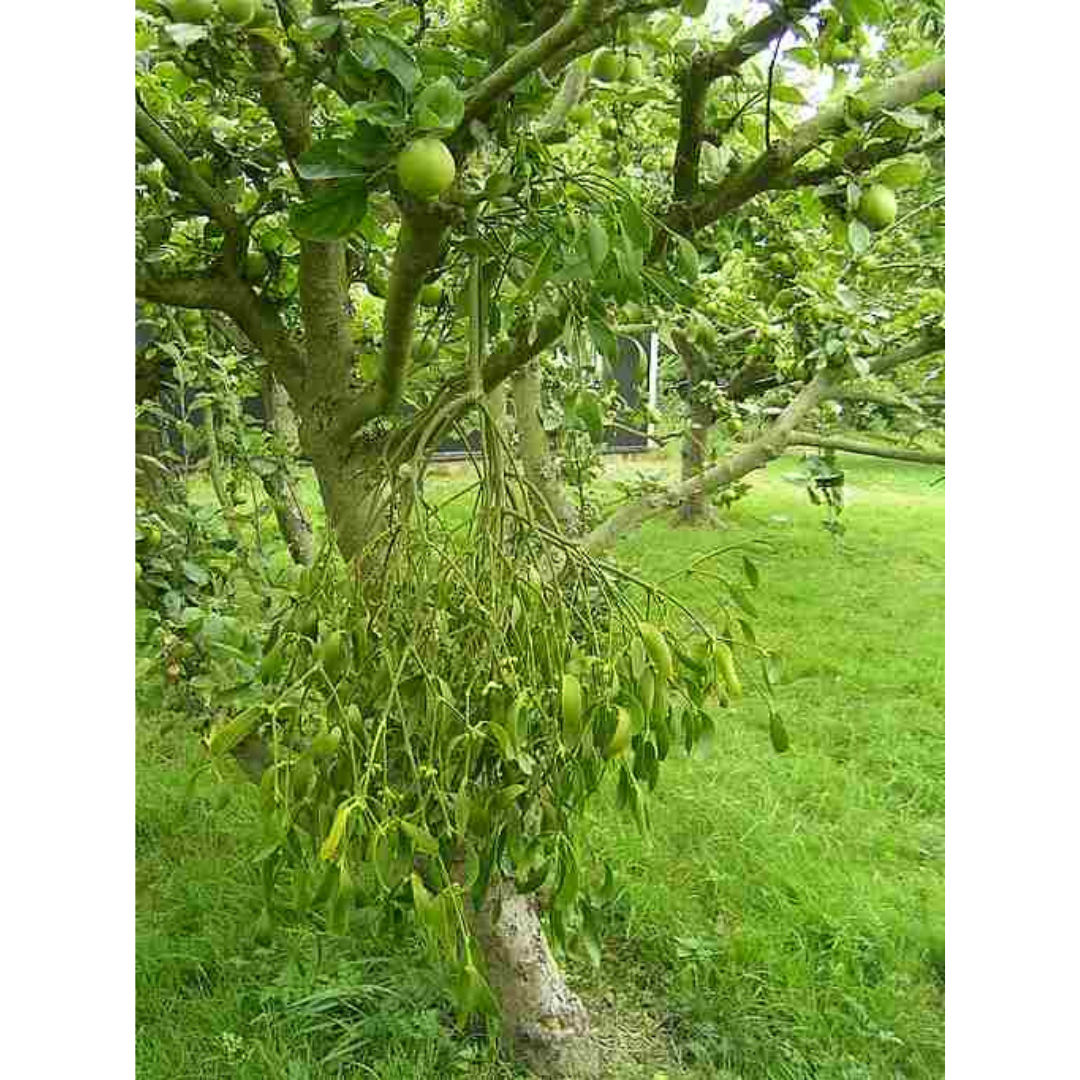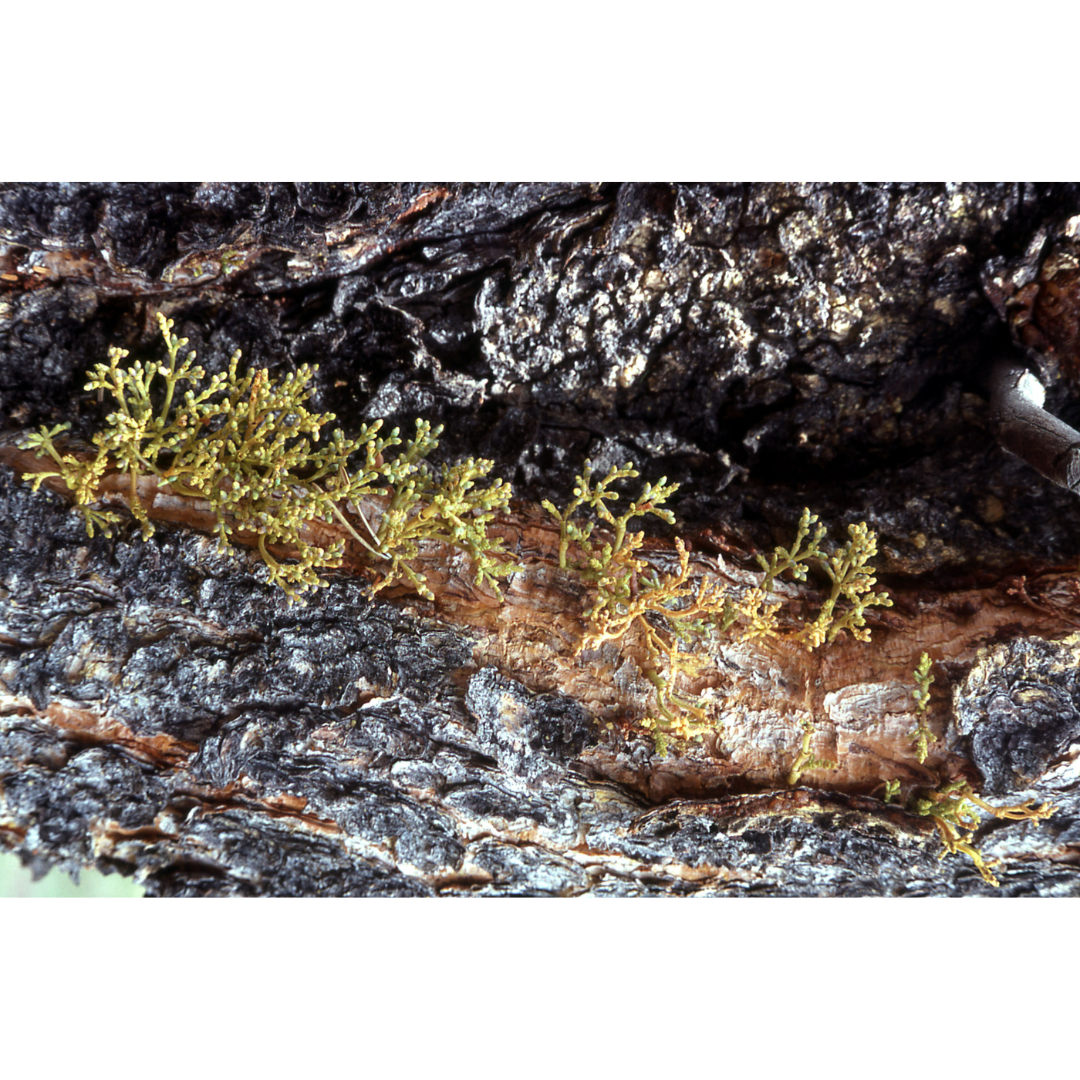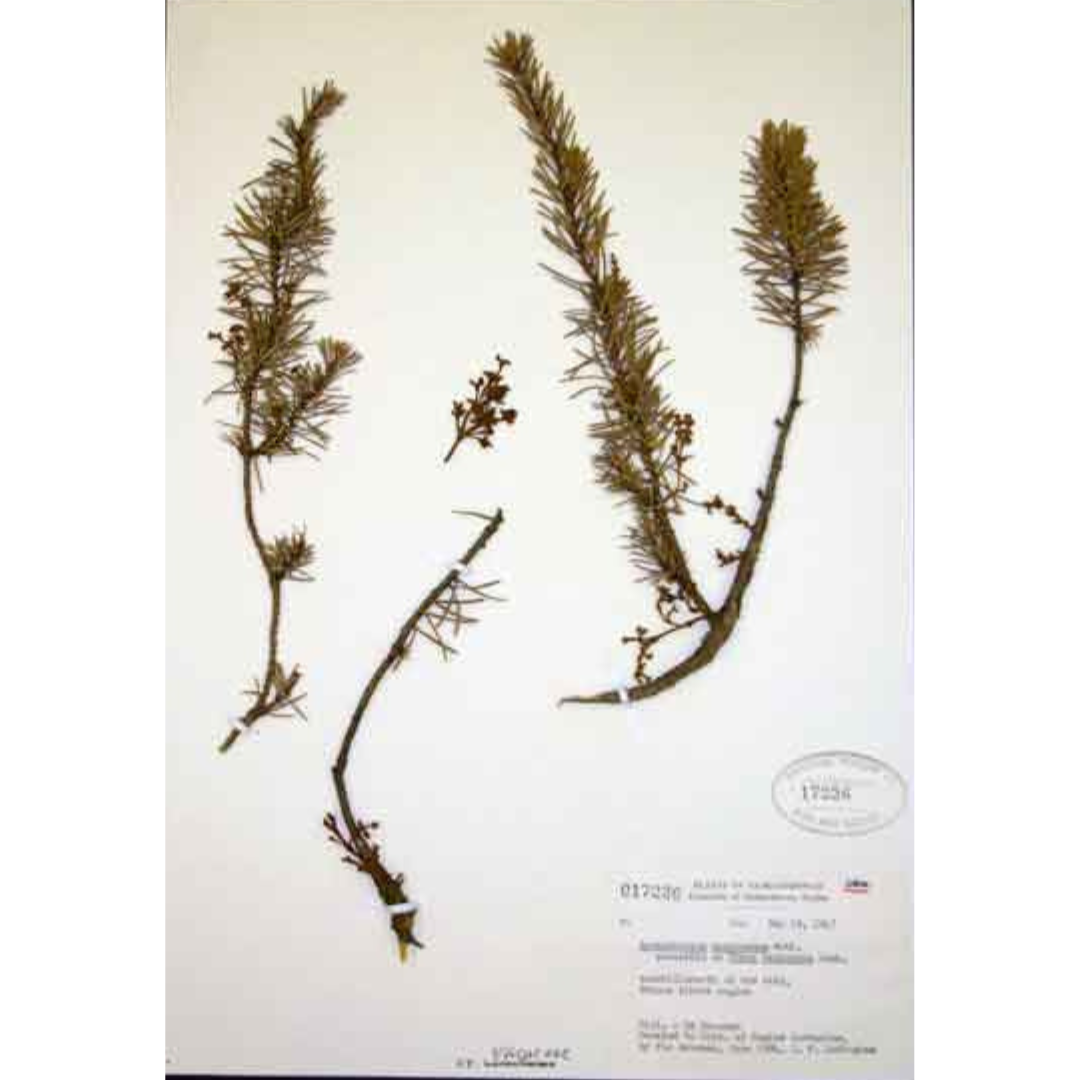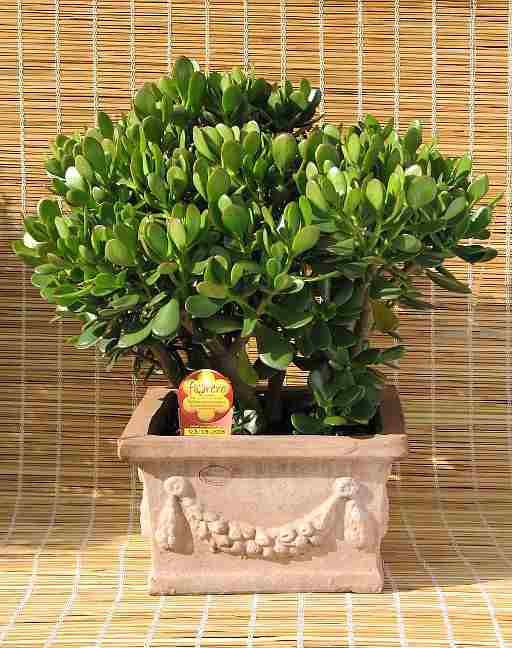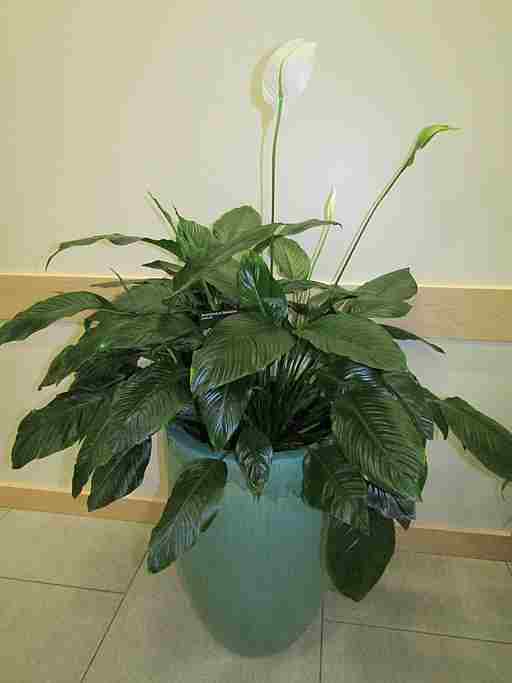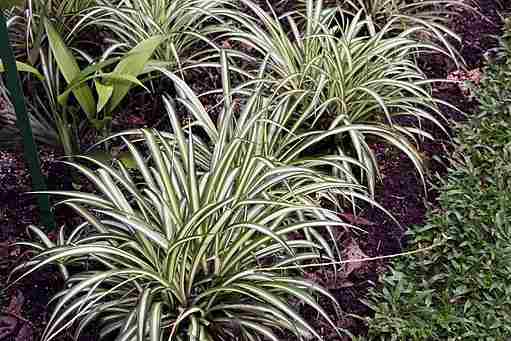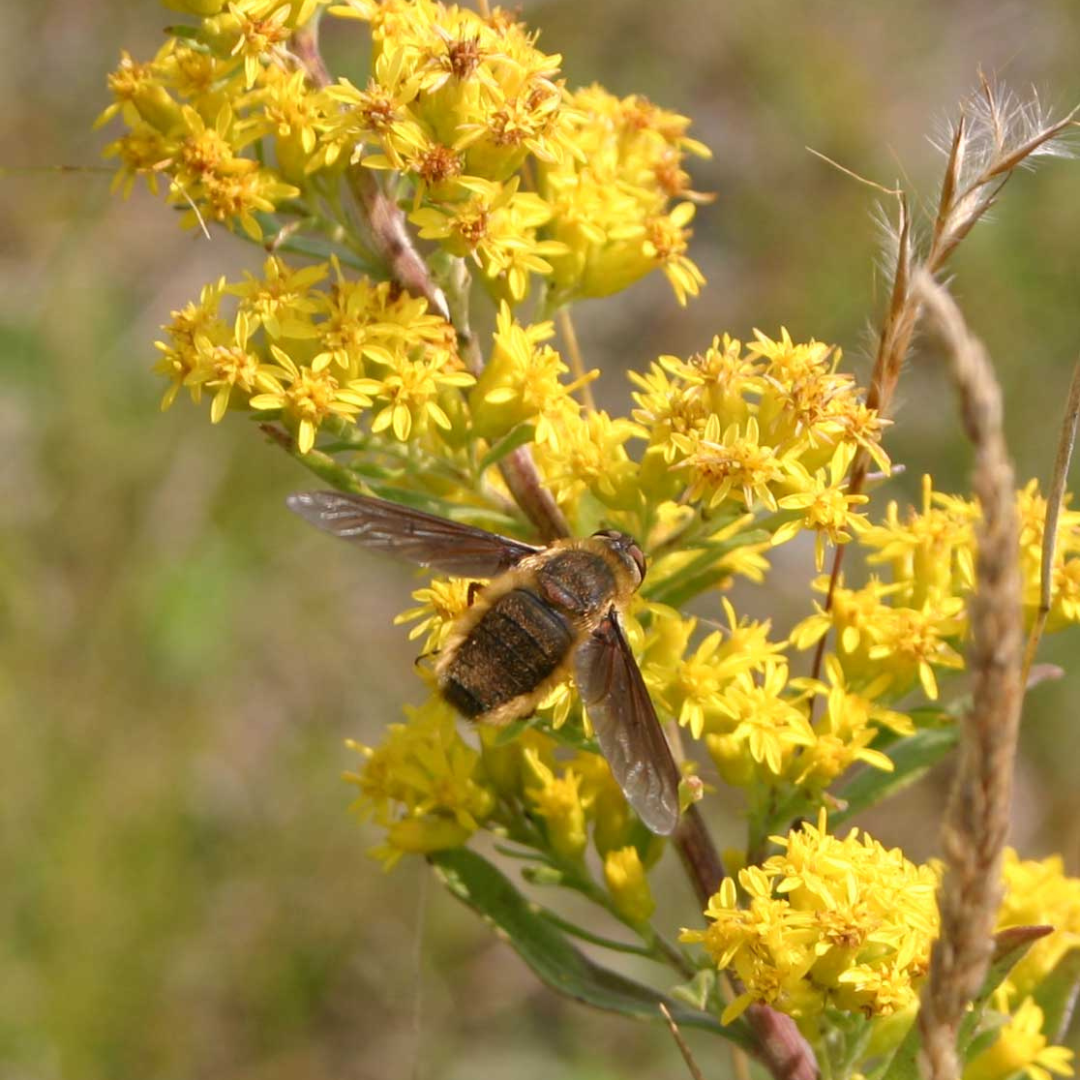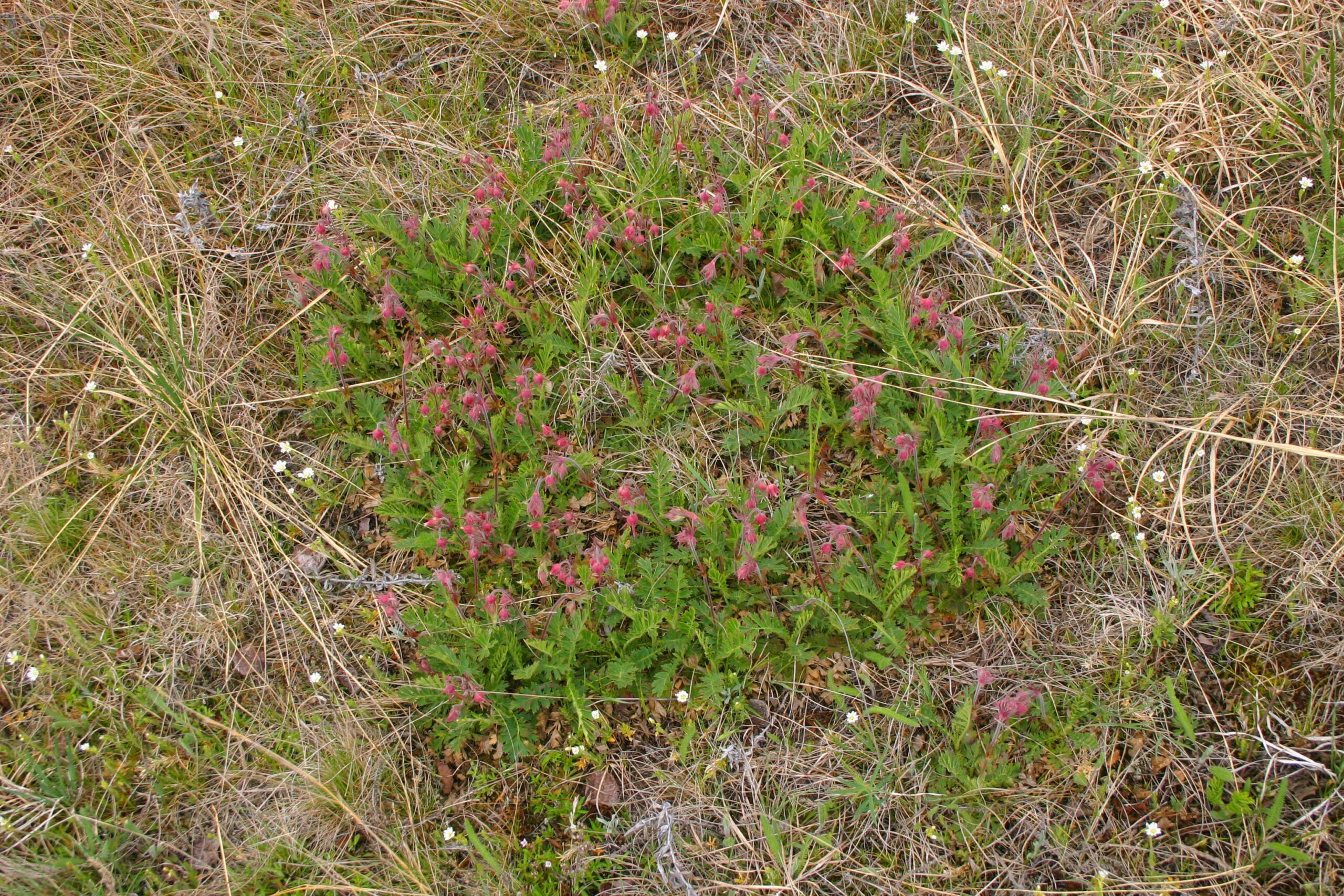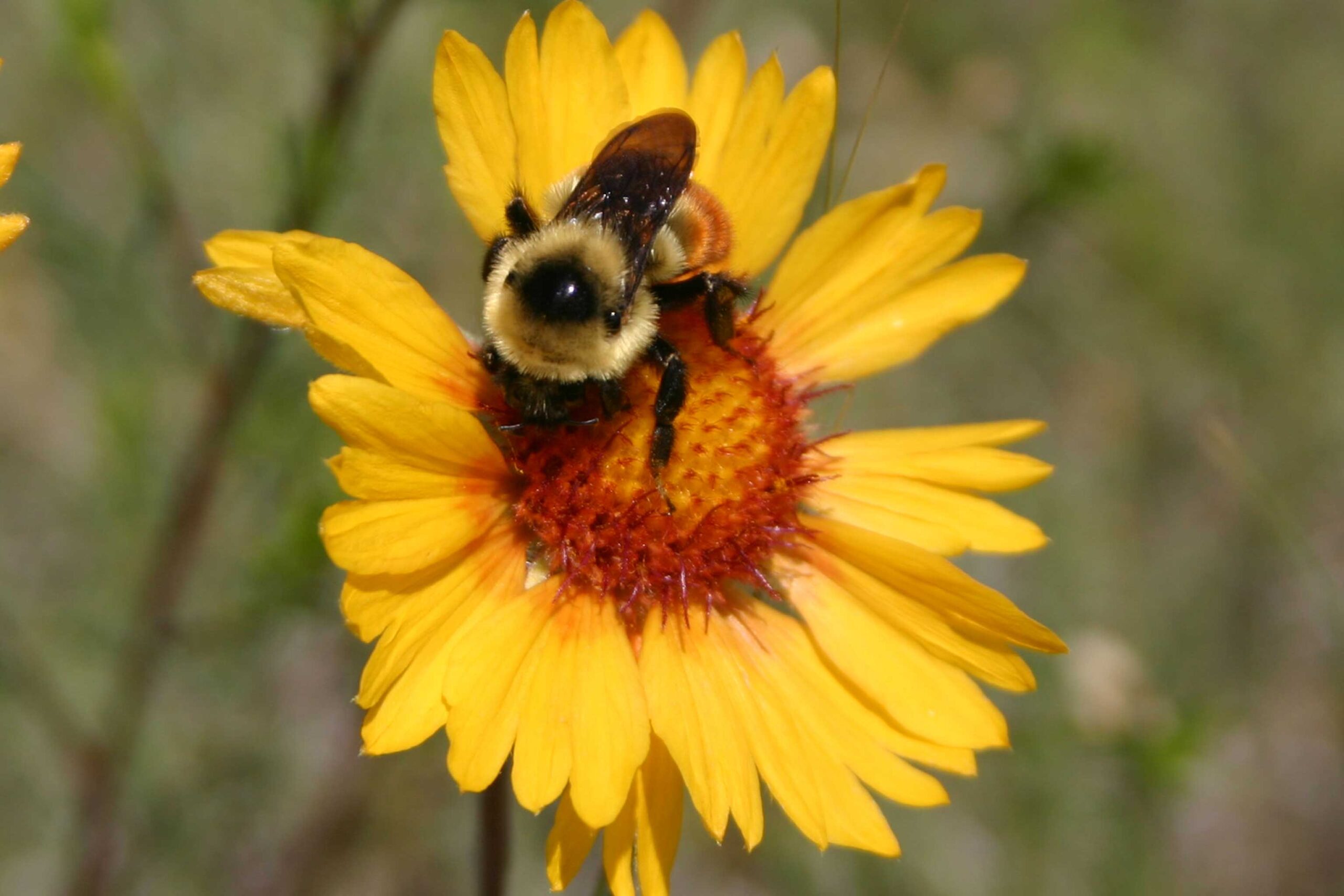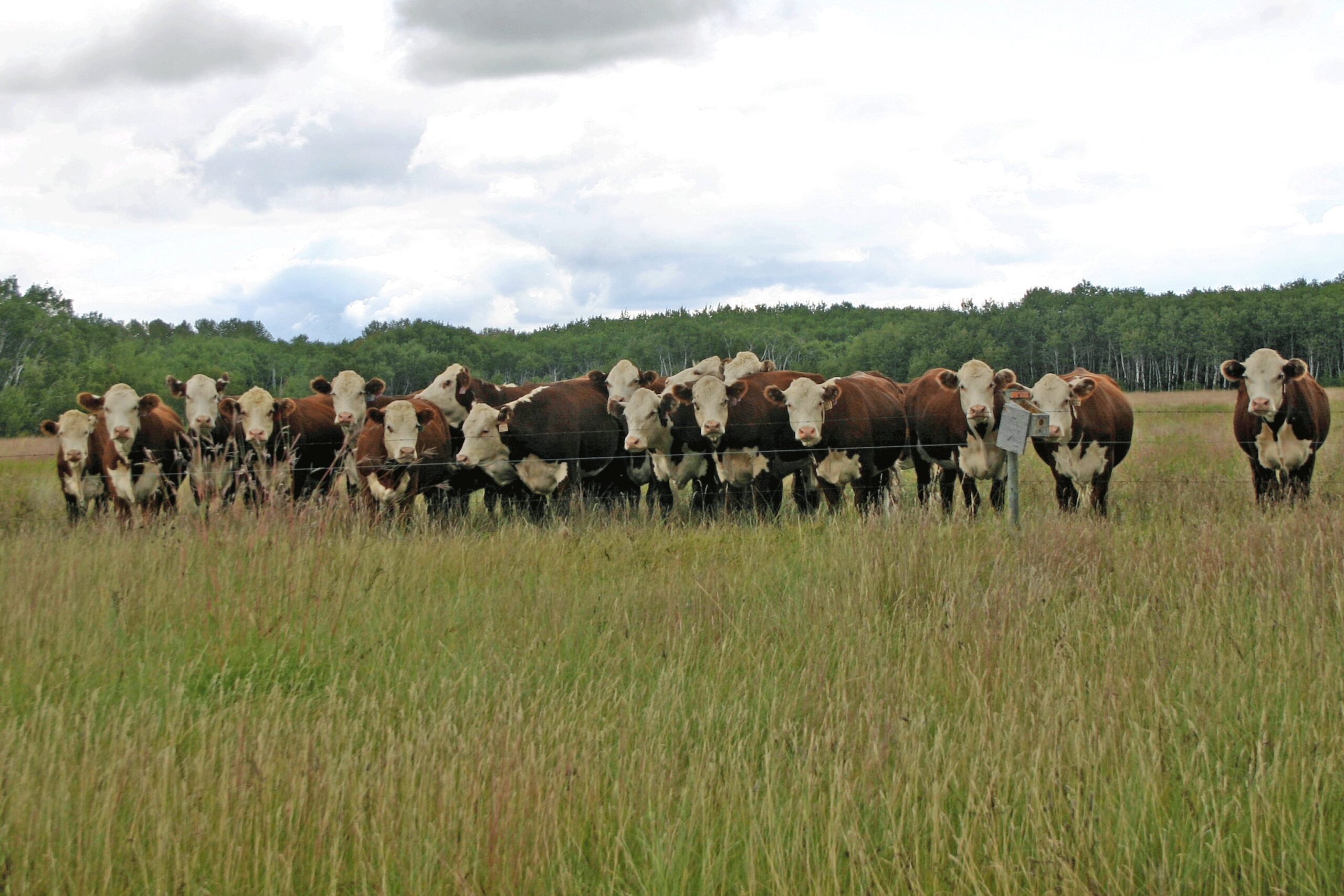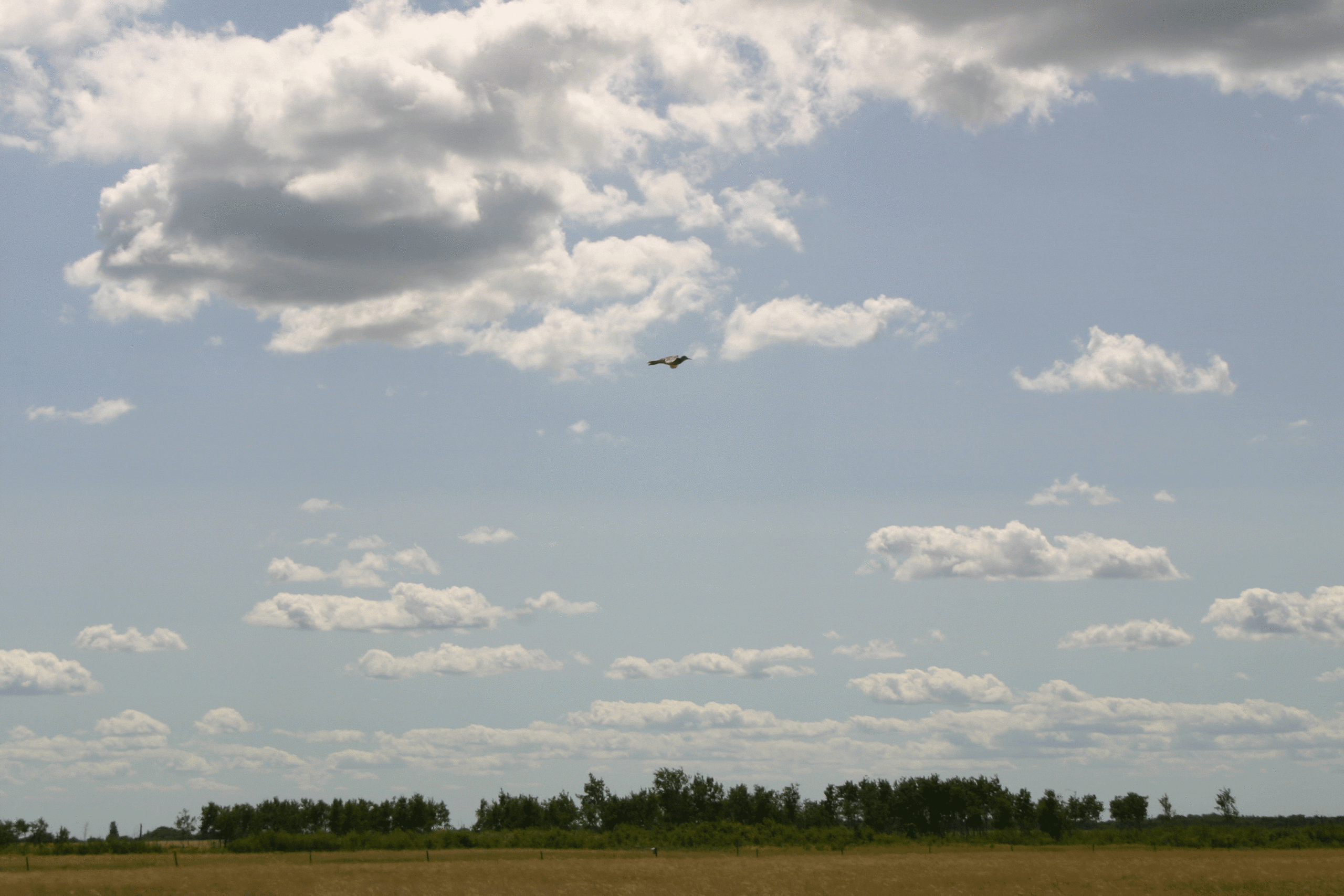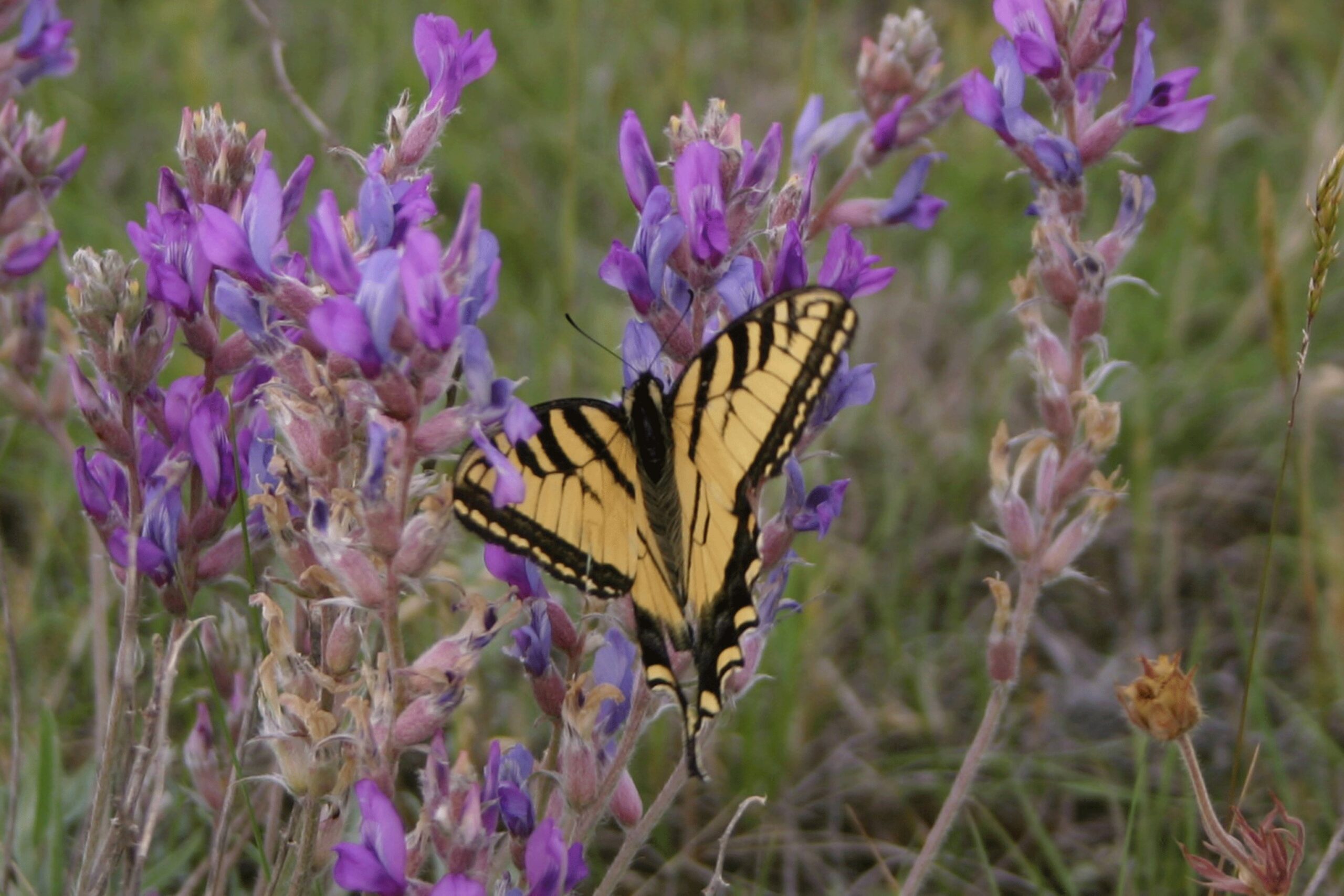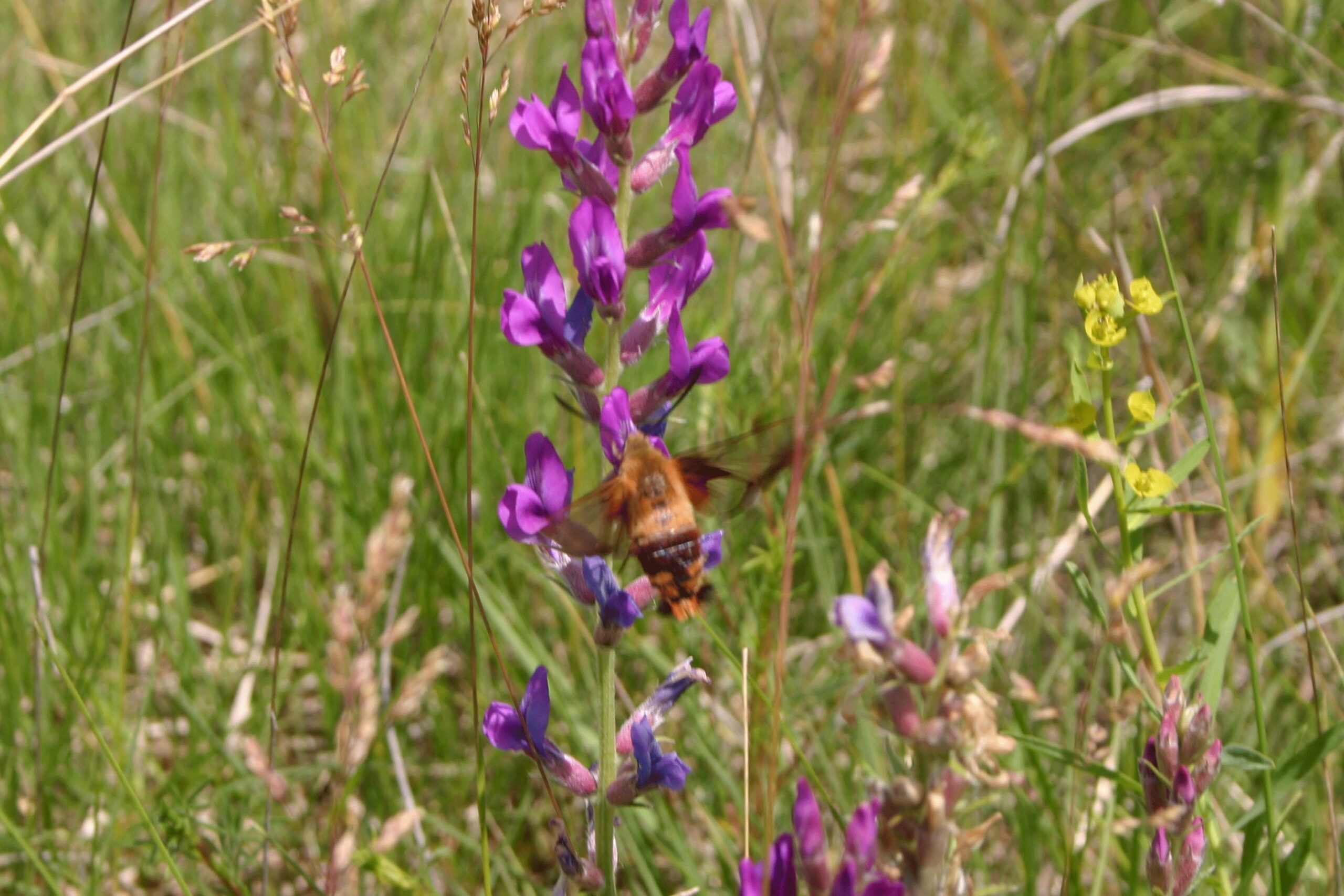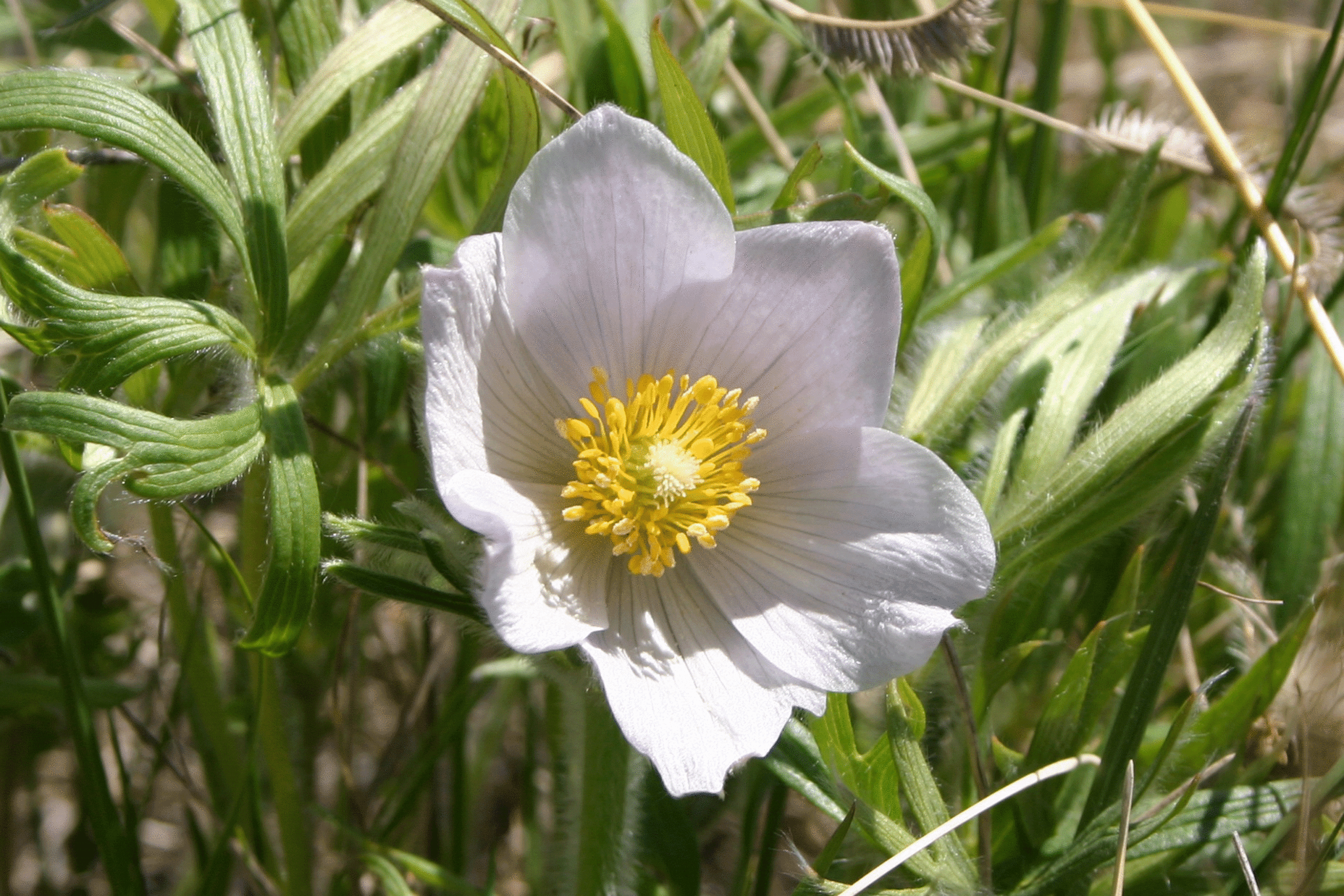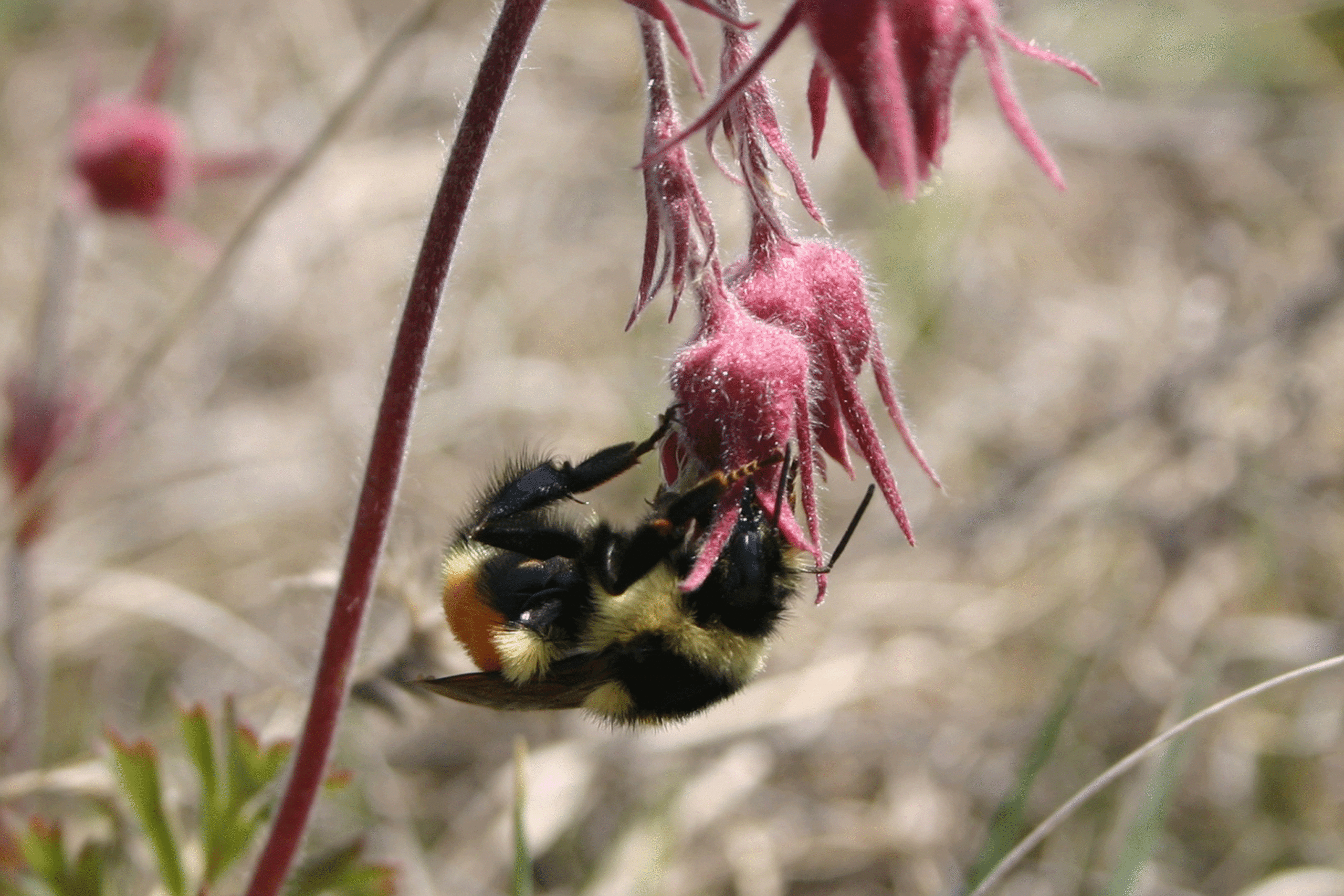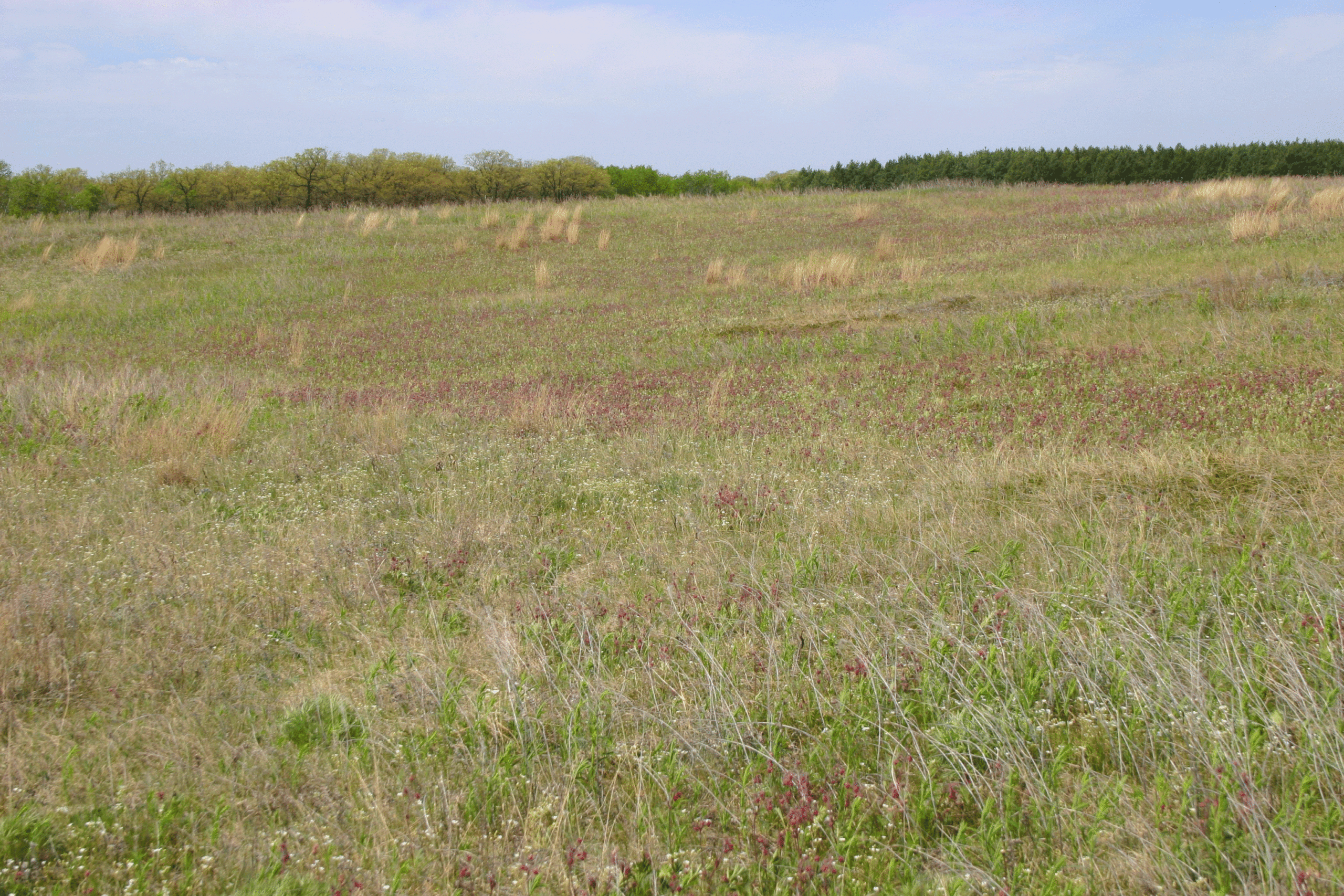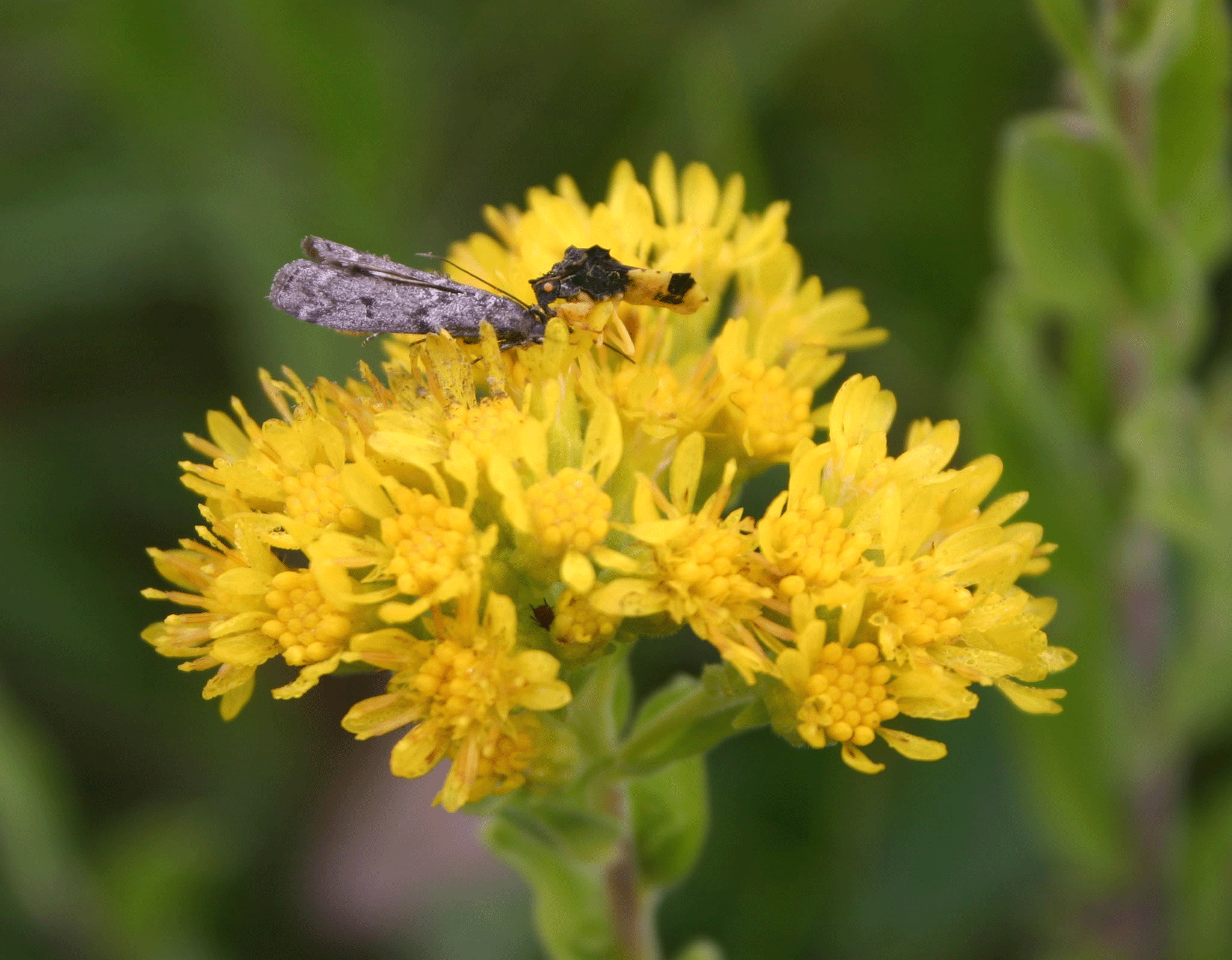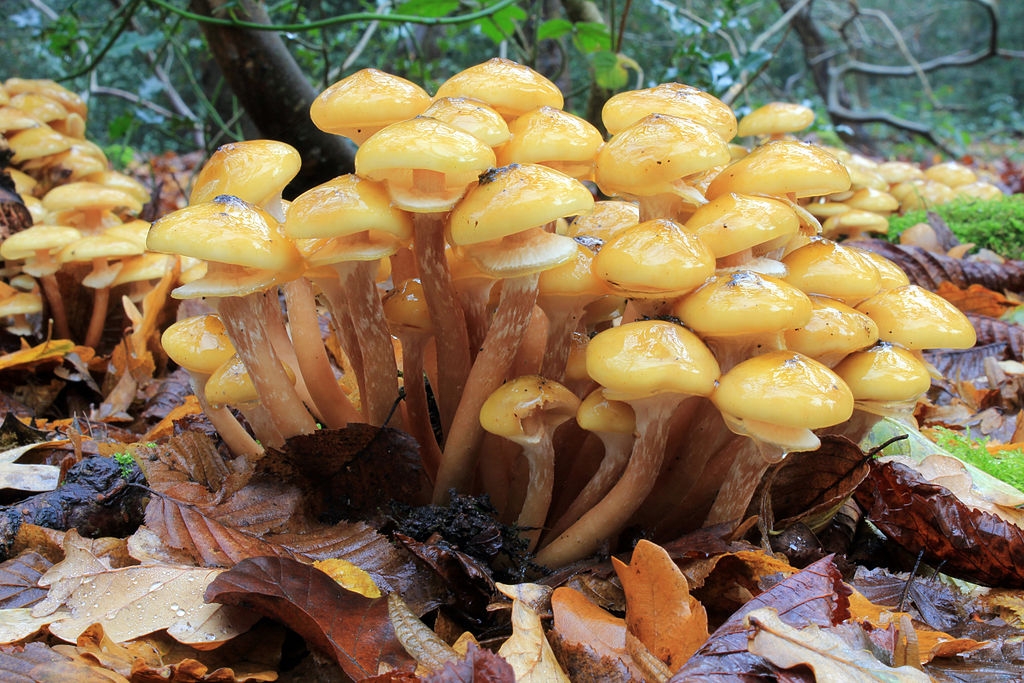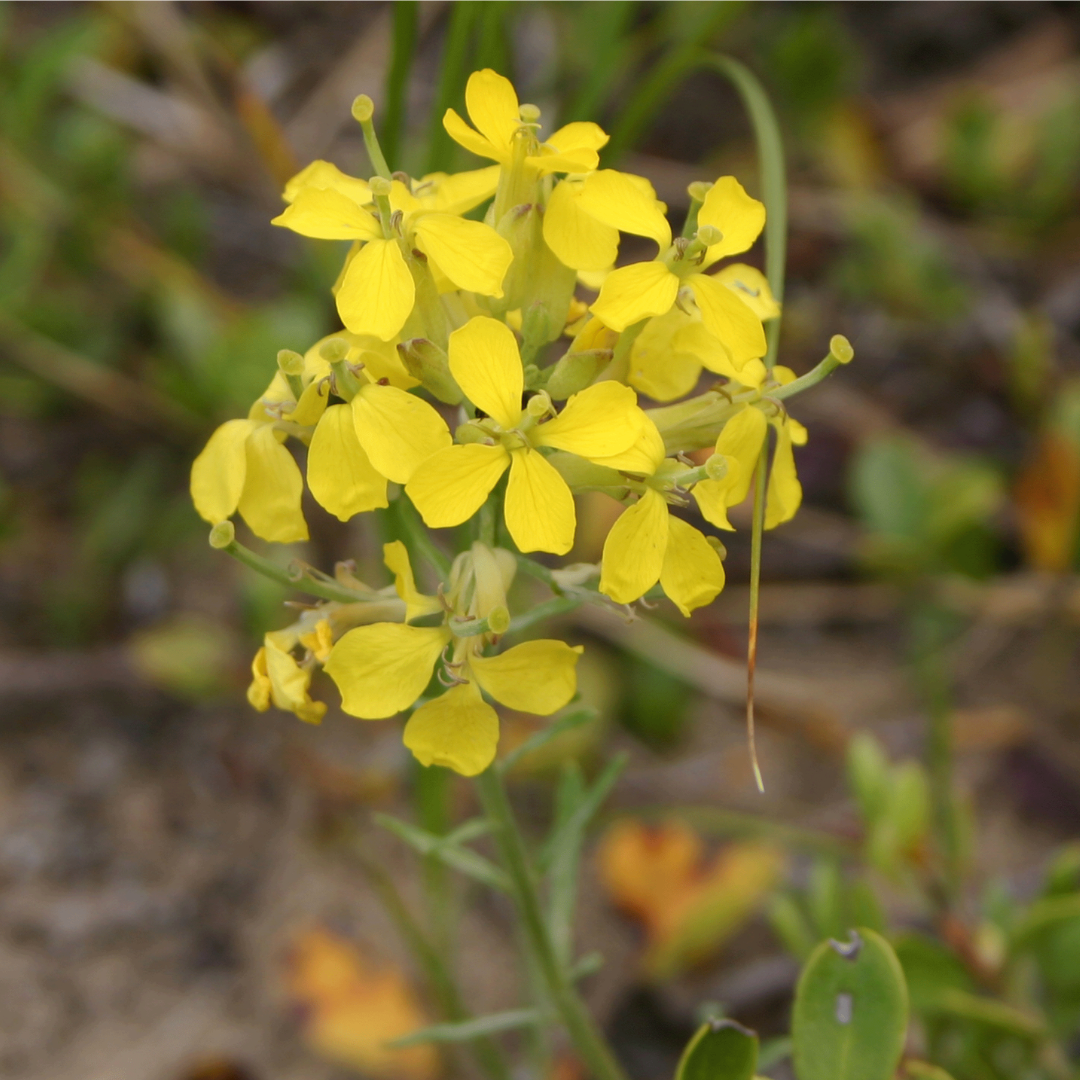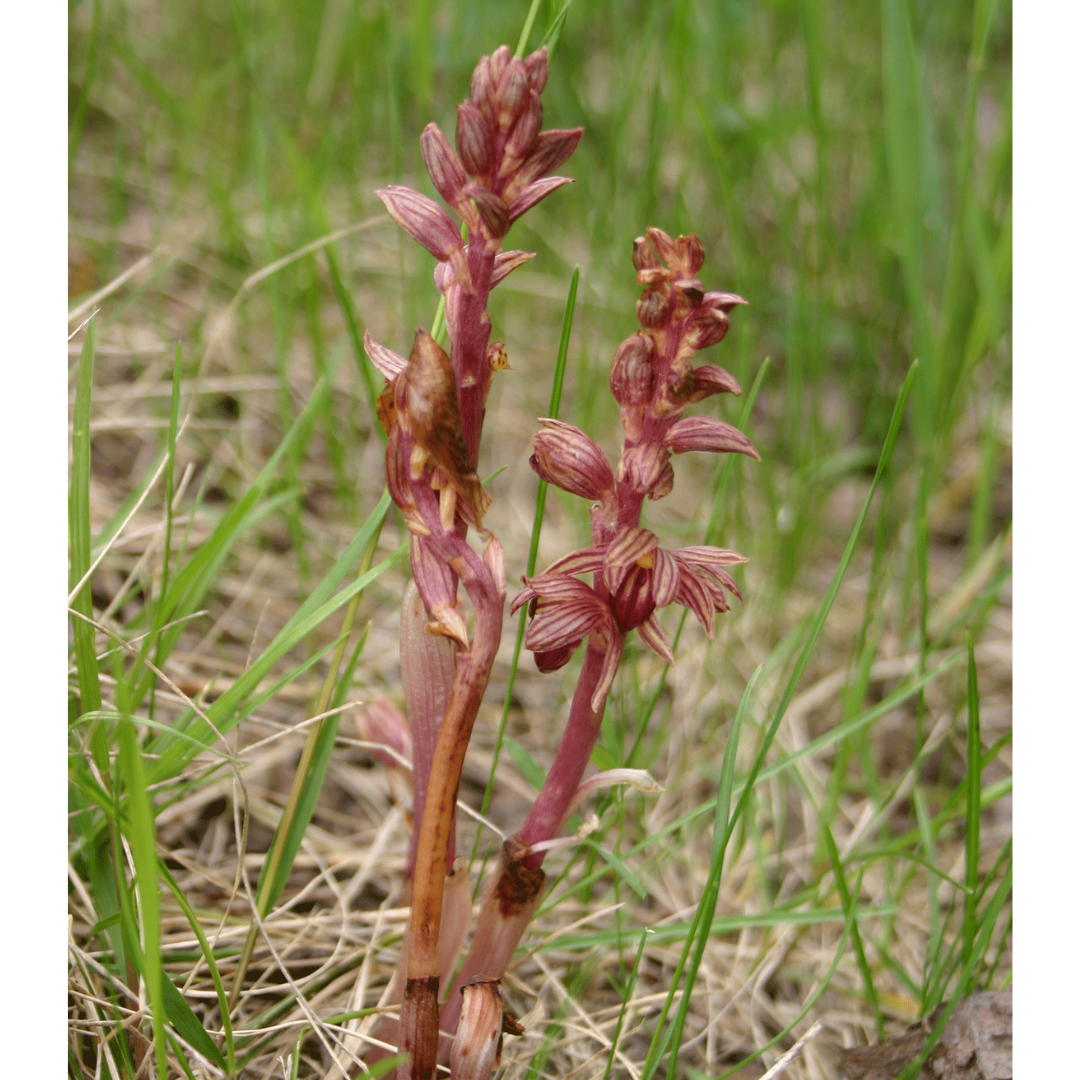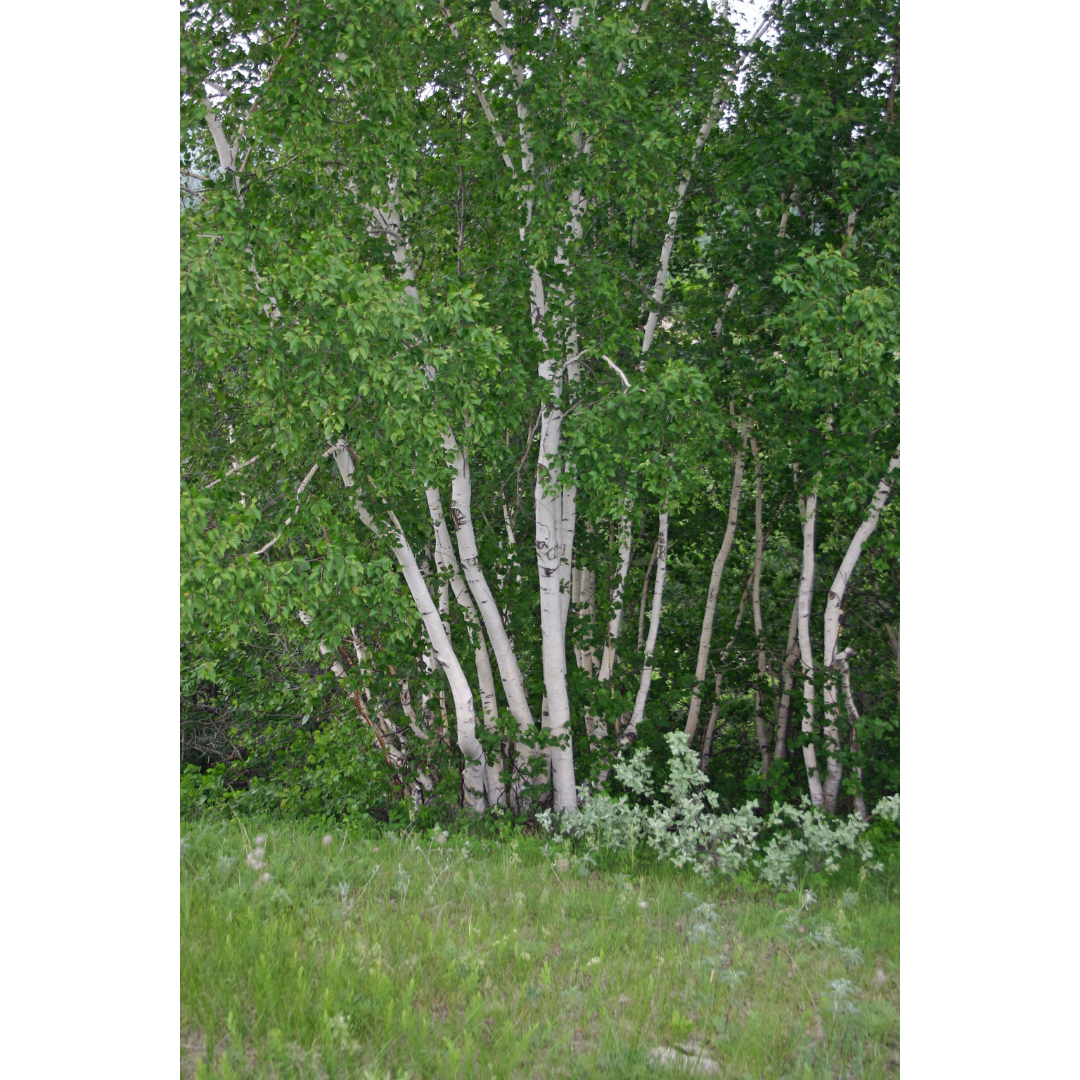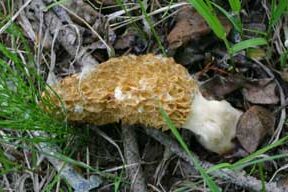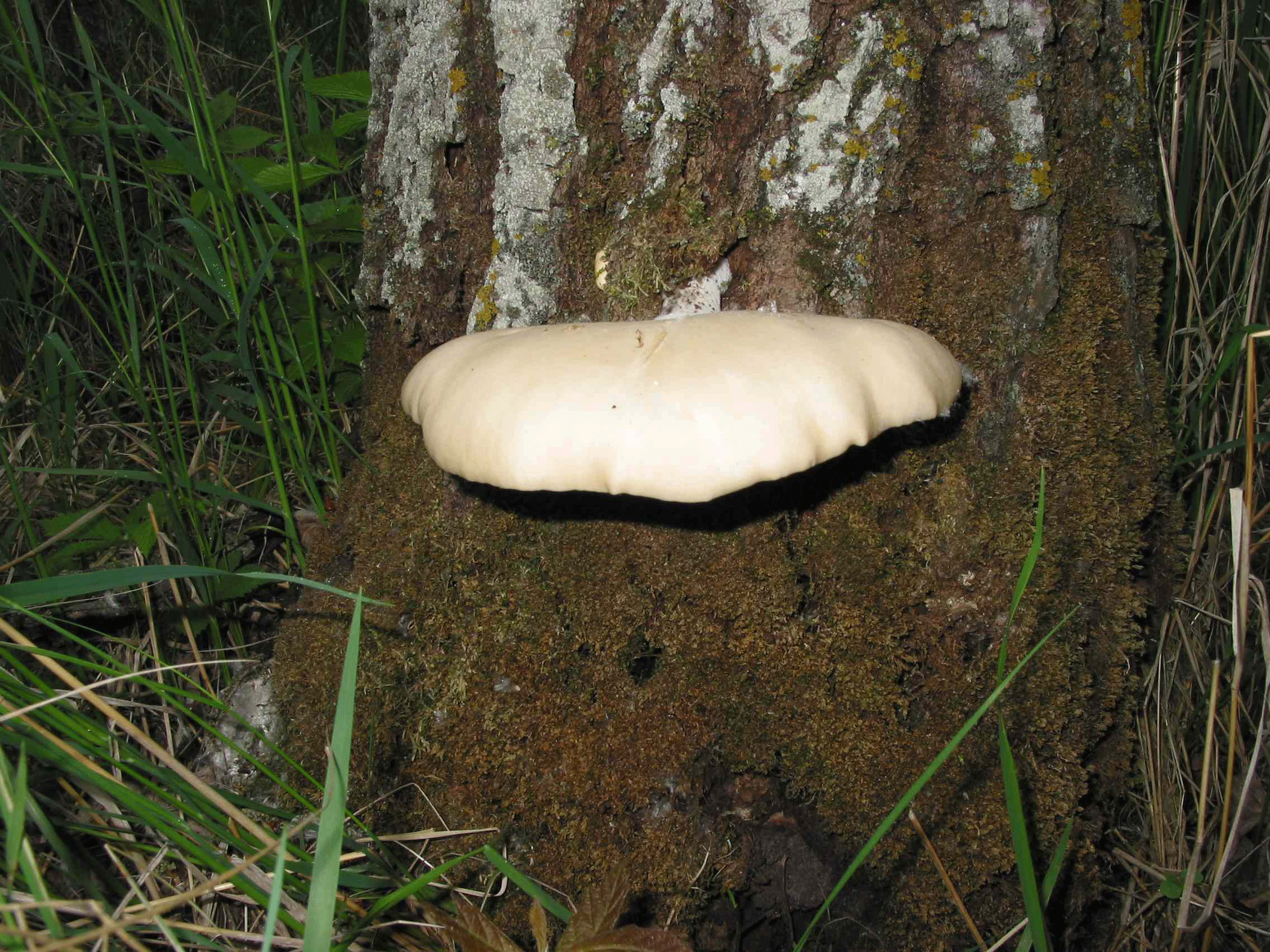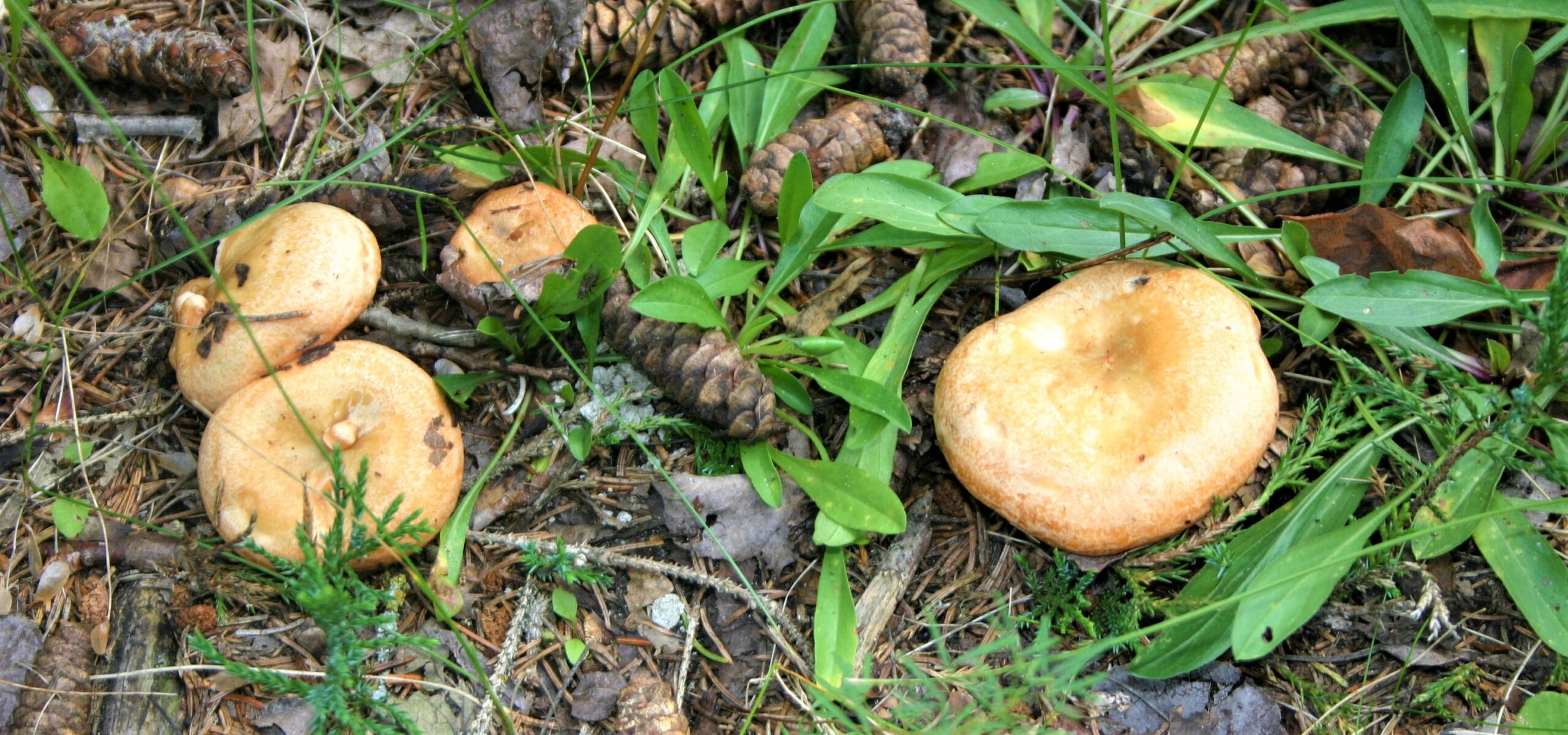Posted on: Monday February 12, 2018
When people come to the Museum and see our dioramas they are usually impressed with the majestic, taxidermied animals in them. But what they really ought to be impressed with are the plants. I find it amazing that the trees in the elk diorama are perpetually in the process of shedding their leaves.
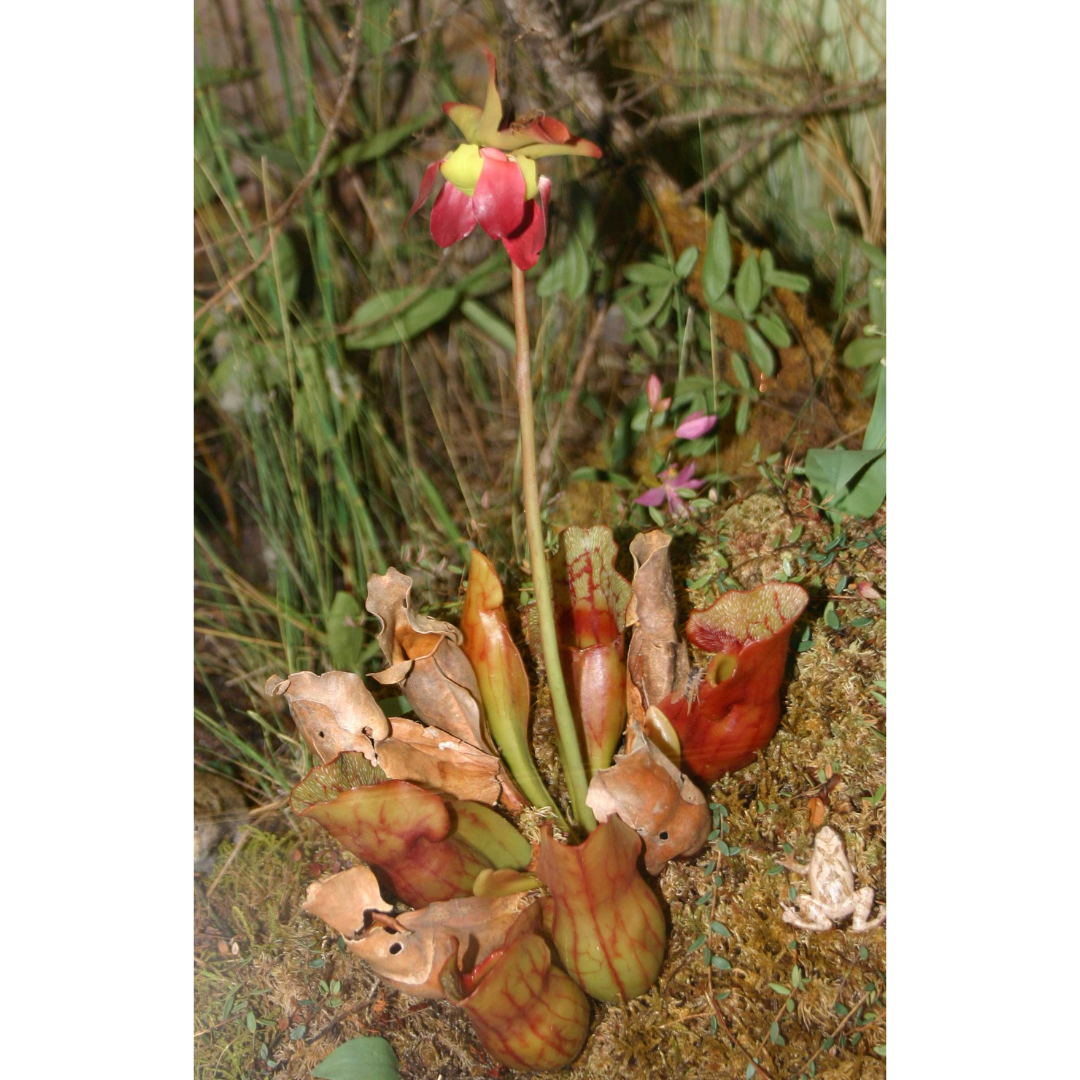
Anyone familiar with Manitoba’s forests and prairies, know that the plant species in our dioramas are the same ones that occur in the wild. That’s because, for the most part, they ARE real specimens. Although fake plants are readily available in stores, they are almost all tropical species that don’t occur in Manitoba. Further, mass-produced fake plants are usually too perfect to be entirely realistic. Nature is not perfect. Every animal (including you) and every plant is imperfect with discolorations and asymmetrical features. Real spruce and pine trees never look as perfect as artificial Christmas trees.
Image: You won’t find any pitcherplant (Sarracenia purpurea) models at Home Depot! That’s why we have to make them ourselves.
To create our dioramas, real plants and fungi were identified and collected from natural areas (with permission from the landowner of course) and then pickled, glued, and preserved in various ways. This preservation process, which takes many months to do, is essential to make it look like the plants are still alive; taking short cuts would destroy the illusion that you are in a real place. There are various problems that have to be overcome to ensure that our plants look right. For one, wood has a tendency to dry out and crack when you bring it into a building. That is why we have to pickle our trees to prevent this from happening. Another thing that happens when you bring a tree into a building is that the leaves fall off, unless it is in a pot and being watered. To prevent our leaves from falling off, special glues are applied to ensure they stay attached. We also need to make sure that the “floor” of the diorama looks real. We do this by attaching pieces of real sod to Styrofoam blocks that can easily be installed, removed and repaired.
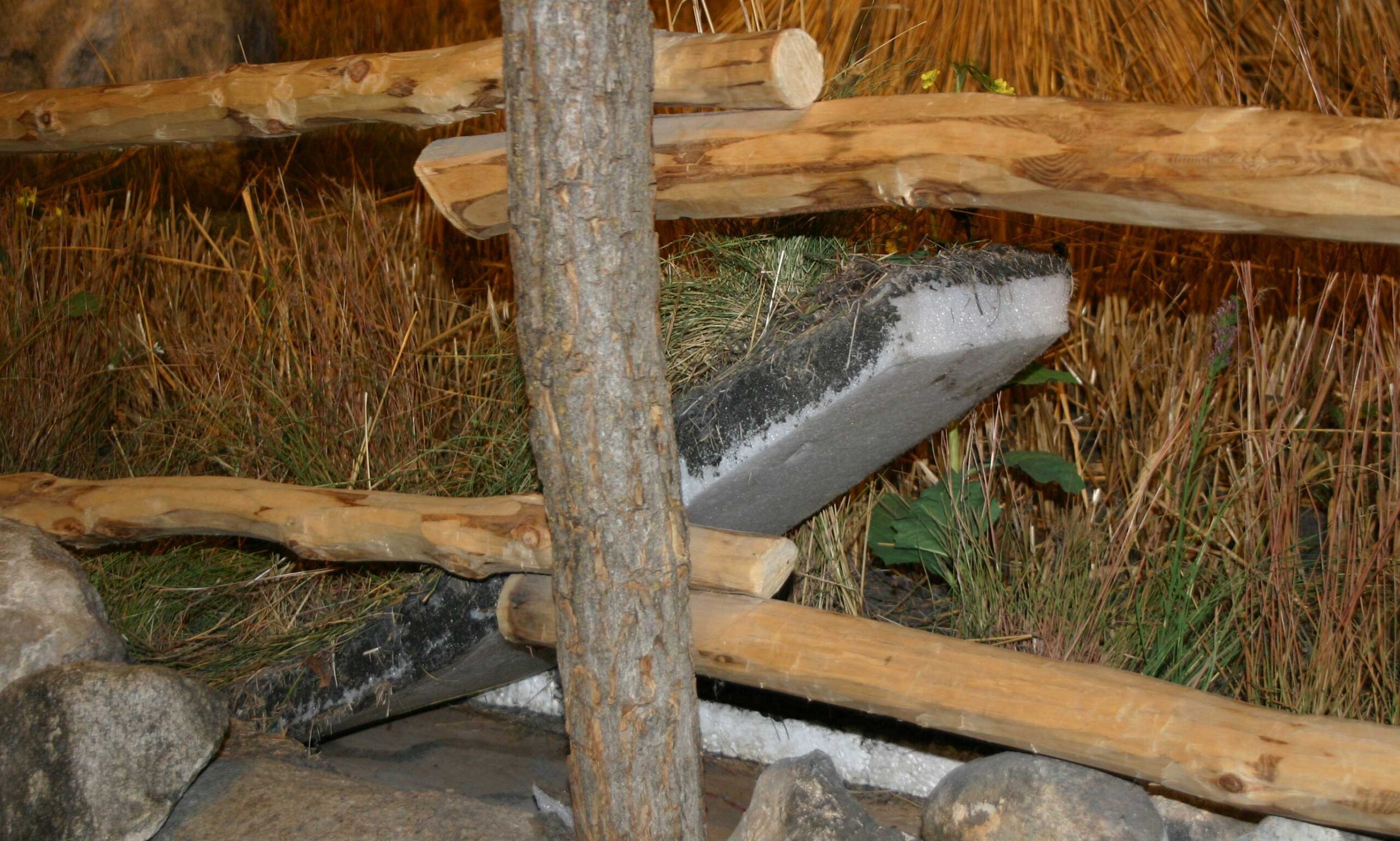
This piece of sod from the Ukrainian Rye Farm diorama in the Parklands Gallery was temporarily removed for maintenance.
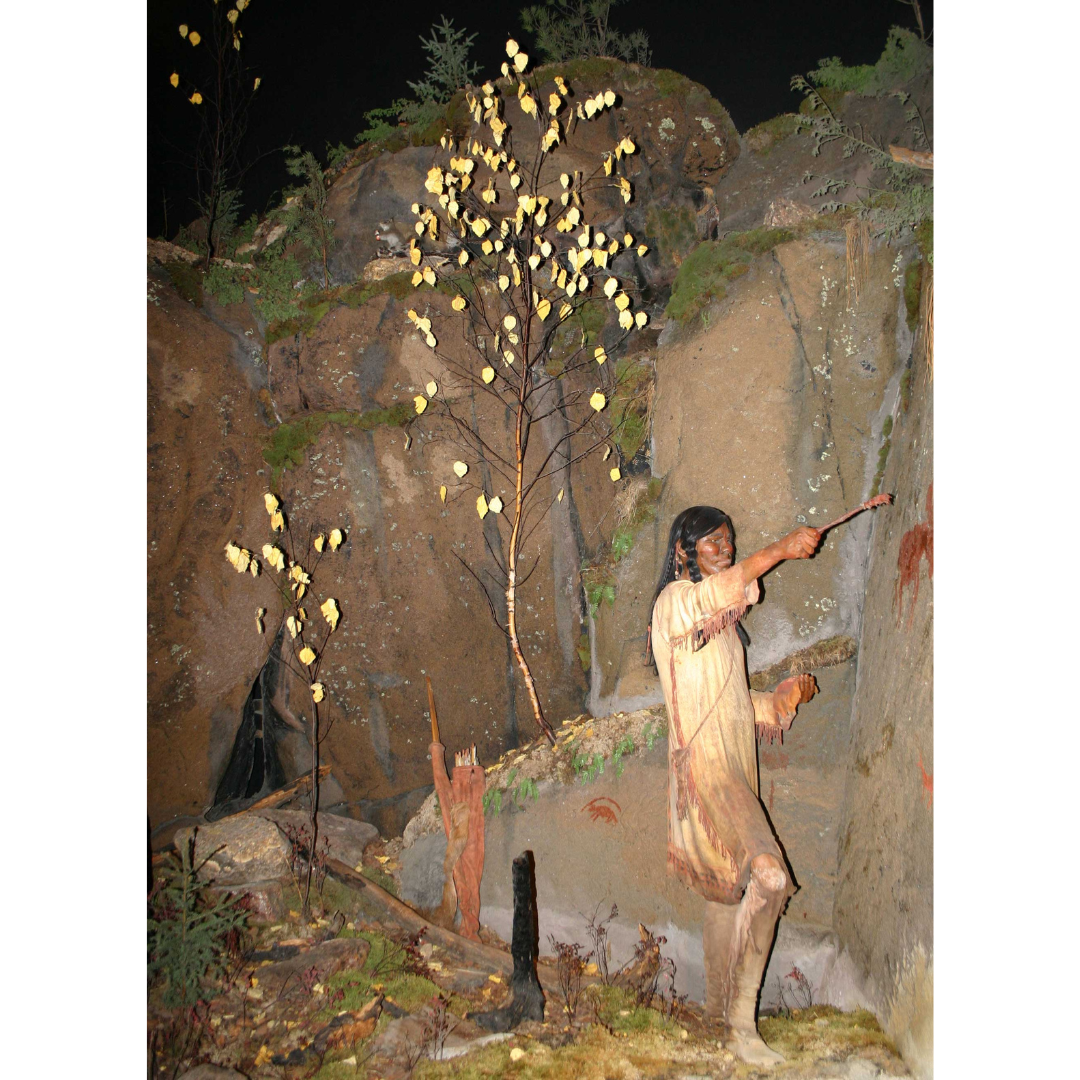
Anyone who has seen a dead plant knows that it turns brown as it dries out. So why are some of our diorama plants still green? The answer is paint: lots and lots of paint. That, and the infinite patience of a host of leaf-painting volunteers. That’s right someone painted every single one of the tree leaves in our dioramas, as well as many shrub, moss and grass leaves too. To make sure that the plants were painted the right colour, the Diorama Artist closely examined all the plants while they were alive, determined exactly which colour they were, and then blended paints to achieve the same colour. As painting plants is a lot of work, fall (e.g. elk diorama in the Parklands Gallery) and early spring (e.g. Bison diorama in the Orientation Gallery) dioramas are much easier to create because most of the vegetation is dead and brown at that time of the year anyway.
Image: Every single leaf on the trees in our dioramas were hand painted!
But not all the parts of a plant or fungus can be dried and painted. Plants in summer scenes have to possess flowers and fruits but these structures usually look terrible when they are dried out. So what do we do in those situations? In my next blog I will describe the process used to create plants from scratch.





